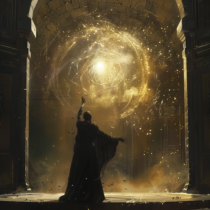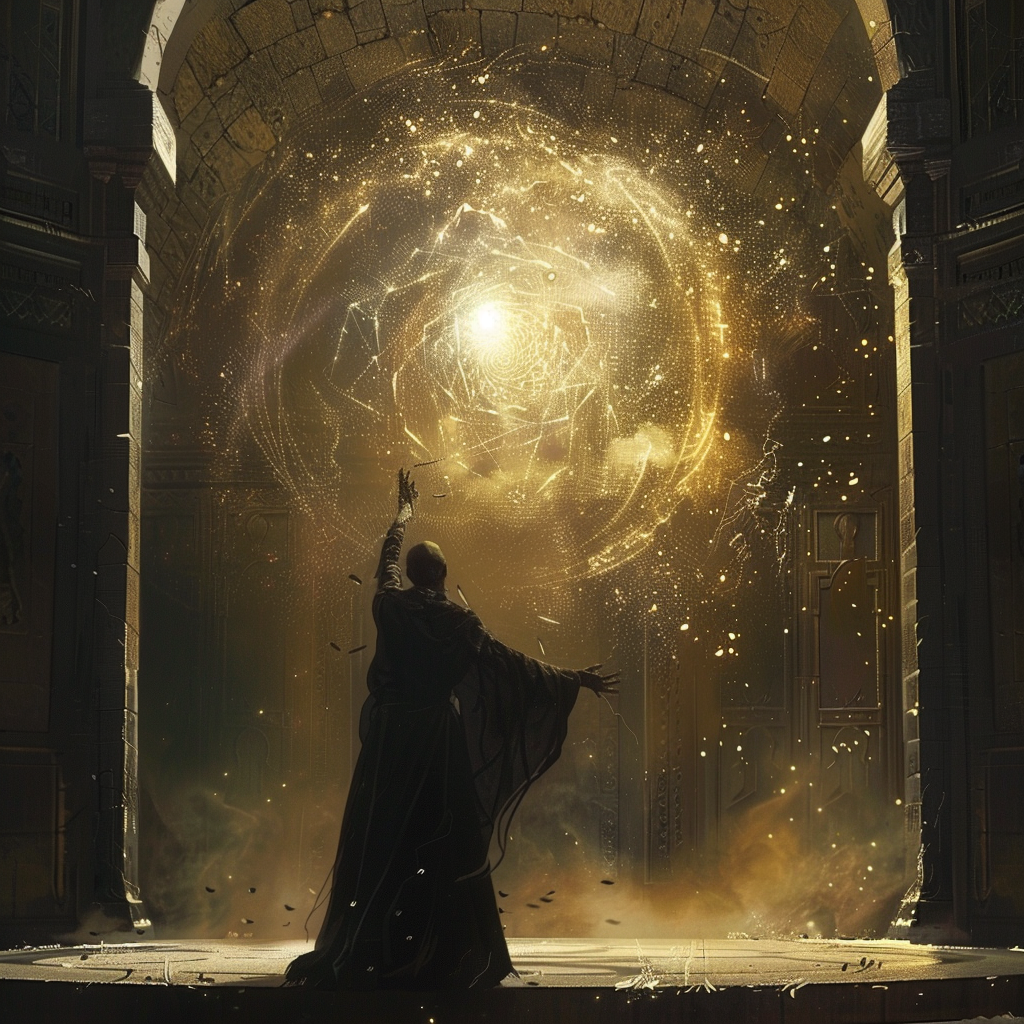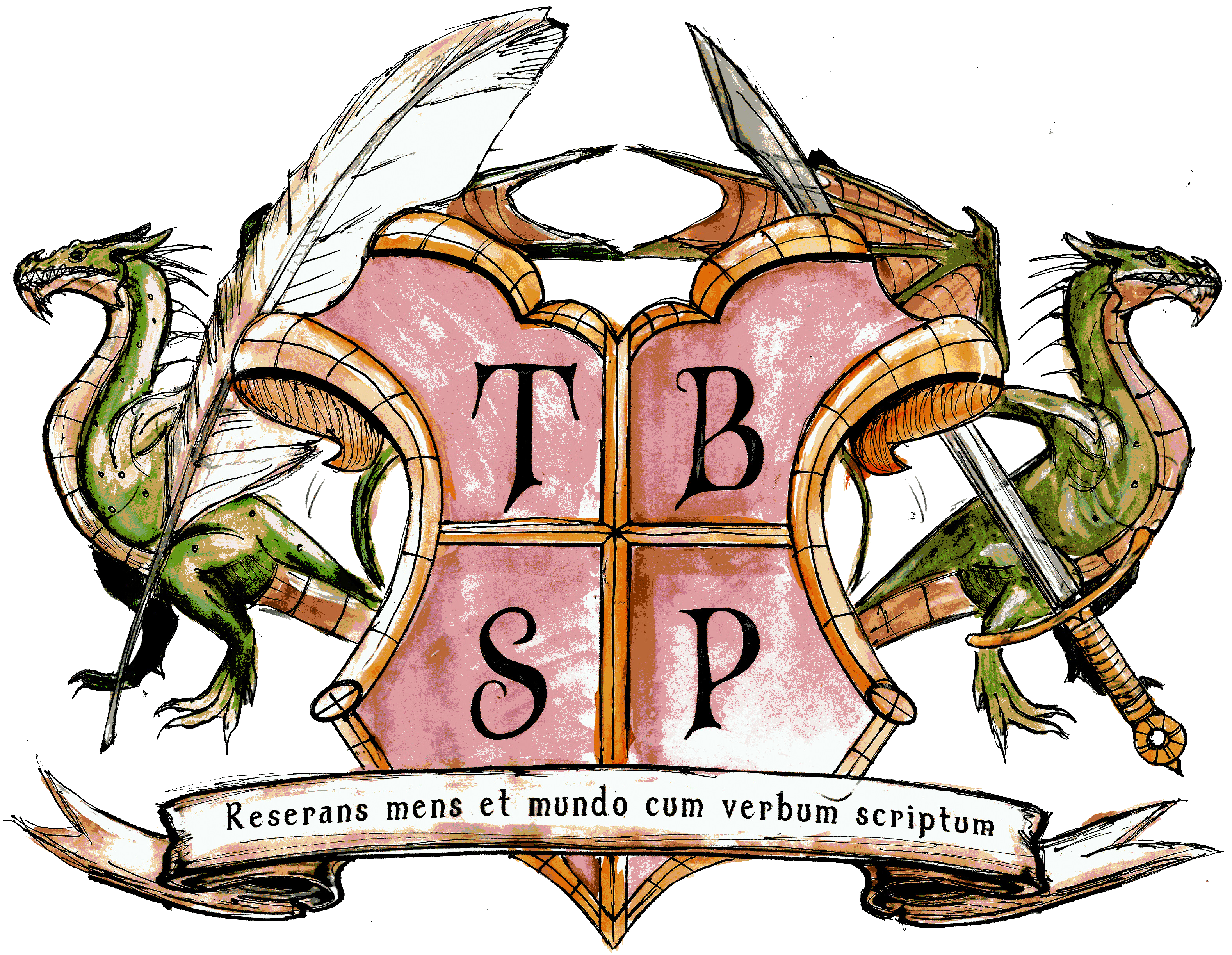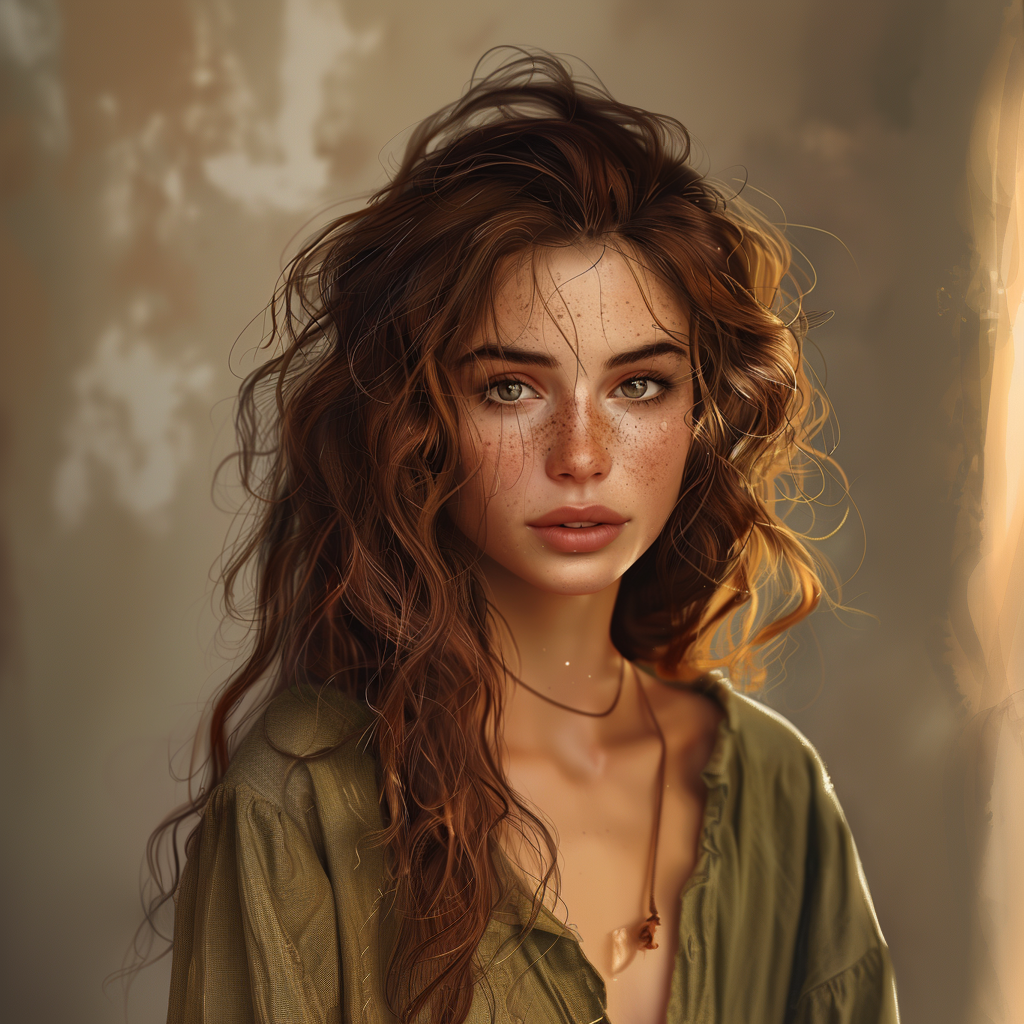

World Building Series: Navigating the Power of Majick—The Importance of Limitations & Boundaries
IN the enchanting realms of fantasy literature and folklore, majick often reigns supreme as a force of limitless potential and wonder. From spells that defy gravity to incantations that summon mythical creatures, the allure of majick knows no bounds. However, within these fantastical worlds, a crucial element often overlooked is the concept of limitations and boundaries that govern majickal abilities. Today, let’s delve into the intricate balance between the awe-inspiring power of majick and the necessity of setting clear constraints to enrich storytelling and world-building.
THE ESSENCE OF LIMITATIONS:
MAJICK without limitations is akin to a river overflowing its banks—an uncontrolled force that can lead to narrative inconsistencies and diminished suspense. Limitations, whether imposed by inherent rules of magic or societal norms within a fictional world, add depth and realism to magical systems. They force characters to grapple with challenges, make strategic choices, and undergo personal growth, all of which drive the plot forward and engage readers on a deeper level.
Consider iconic examples such as J.K. Rowling’s Harry Potter series, where majick is governed by strict rules and limitations. Wizards and witches must master spells through study and practice, wand movements must be precise, and certain magical feats require innate talent or knowledge of ancient incantations. These limitations not only ground the fantastical elements in a sense of believability but also create tension and excitement as characters navigate the boundaries of what is possible.
RESPECTING BOUNDARIES:
IN addition to limitations, the concept of boundaries in majick plays a crucial role in defining ethical and moral dilemmas within a narrative. Just as real-world societies establish laws and norms to regulate behavior, majickal societies or individuals in fiction must navigate ethical boundaries to prevent misuse or abuse of power. This thematic exploration adds layers of complexity to characters and storylines, exploring themes of temptation, redemption, and the consequences of unchecked ambition.
Take, for instance, the classic tale of The Lord of the Rings by J.R.R. Tolkien. The One Ring symbolizes ultimate power, yet its corrupting influence highlights the dangers of unchecked majickal abilities and the importance of respecting boundaries—even when wielding immense power for noble purposes. Characters like Frodo and Gandalf exemplify the struggle to resist temptation and maintain integrity in the face of overwhelming majickal allure.
Balancing Wonder and Realism::
ULTIMATELY, the importance of limitations and boundaries in majick extends beyond narrative cohesion—it fosters a deeper connection between readers and fantastical worlds. By establishing rules and consequences for majickal actions, authors invite readers to suspend disbelief while maintaining a sense of wonder grounded in relatable challenges and dilemmas. This balance between the extraordinary and the plausible is what breathes life into majickal realms and keeps readers eagerly turning pages, eager to explore the next enchanting revelation or harrowing trial.
In conclusion, while majick in literature and storytelling dazzles us with its endless possibilities, it is the careful crafting of limitations and boundaries that elevates majickal narratives from mere escapism to enduring works of art. Whether traversing Hogwarts’ hallowed halls or embarking on epic quests across mythical lands, let us cherish the nuanced interplay between boundless imagination and the structured framework of majickal rules—a testament to the timeless allure of fantastical storytelling.










